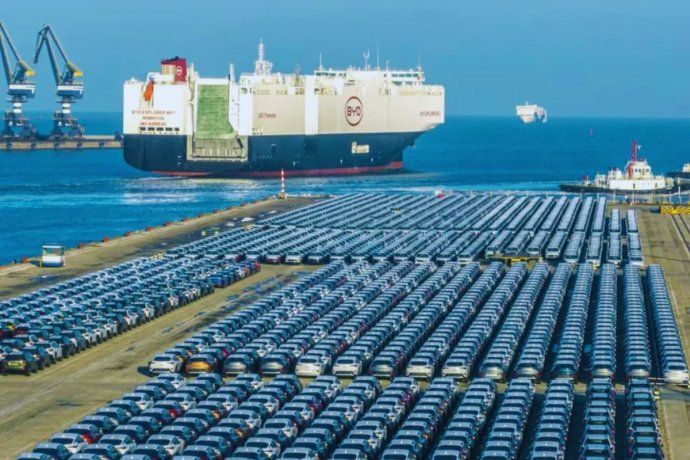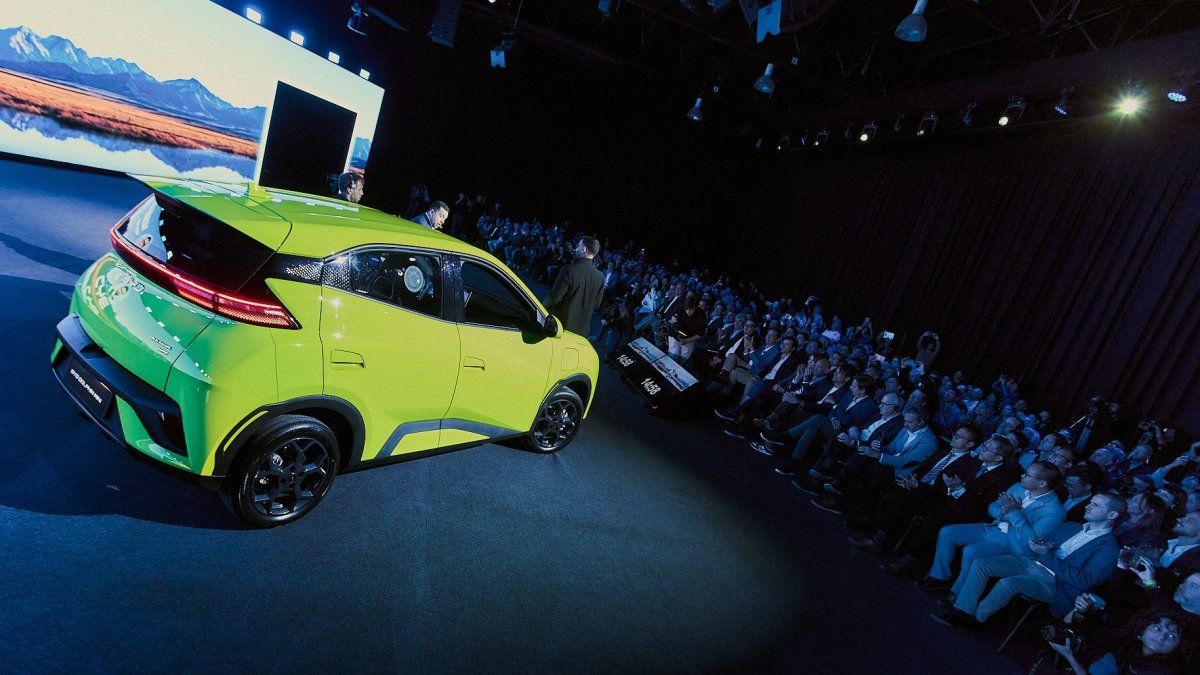The new generation of Asian models ranges from compact vehicles to long-range hybrid and electric SUVs.
The Argentine automotive market is undergoing a process of profound transformation, marked by commercial opening and the emergence of new players. The flexibility of imports allowed the entry of a wide range of vehicles (mostly of Chinese origin) that are redefining the local offering with technologically advanced options and competitive prices.
The content you want to access is exclusive to subscribers.
The new generation of chinese models spans from compact cars to long-range hybrid and electric SUVs. These brands have evolved significantly in quality, design and equipment, aligning themselves with global standards. In addition, the official policy that exempts 50,000 electrified vehicles per year from the extra-zone tariff promoted their arrival, promoting a leap towards sustainable mobility.


More Chinese cars on Argentine streets
In a few months, the urban landscape changed: what was once a rarity is now a trend. Chinese brands, which already had a strong presence in Chile or Brazil, They are beginning to gain ground in Argentina thanks to more accessible prices and a favorable regulatory framework. In fact, 85% of the cars that entered under the special electrified regime come from China.
Among the cheapest models available today in the country (according to suggested prices as of October 2025) the following stand out:
-
JAC S2 MT Intelligent FL: US$19,900
-
BYD Dolphin Mini GL: US$22,990
-
MG 3 HEV Comfort: US$23,500
-
Chery Tiggo 2 Pro Max MT Comfort: US$25,000
-
Baic X35 Fashion: US$25,500
-
Baic U5 Plus: US$25,600
-
Jettour X50: US$26,600
-
JAC JS4 LV: US$27,500
-
MG ZS HEV Comfort: US$27,500
-
Kaiyi X3: US$31,400
The progress of Chinese automakers is no longer anecdotal. According to data from ACARArepresent the 1.6% of total patents with more than 5,700 units registered between January and Septemberand could exceed the 12,000 at the end of 2025. Its qualitative leap is notable: current models incorporate new generation platforms, high levels of connectivity and driving assistance systems comparable to those of major global brands.
An example of this evolution is the BYD Dolphin Plusfirst Chinese vehicle to obtain five stars in Latin NCAP testsa milestone that improves the perception of safety among Argentine consumers.
Strategy and expansion
The reduced tariff regime was key to accelerating the arrival of hybrids and electric vehicles in the country. Brands like BYD and JAC They were the first to take advantage of it, while the traditional Mercosur automotive companies are still advancing more slowly.
With lighter structures and aggressive commercial strategies, Chinese firms are expanding their dealer network, offering extended warranties and strengthening after-sales service, seeking to gain the trust of a public that is increasingly open to new options.
byd-boat(1)

The reduced tariff regime was key to accelerating the arrival of hybrids and electric vehicles in the country. Brands like BYD and JAC were the first to take advantage of it, while traditional Mercosur carmakers are still advancing more slowly.
Today, names like Haval, Ora, Tank, Jetour, BYD, Maxus, Chery, Baic, MG, Skywell, DFSK, Foton, JAC, Kaiyi and Geely They make up a range of brands that compete directly with the historical giants of the sector. The Chinese landing is no longer a promise: it is a reality that is changing the appearance of the Argentine automobile fleet.
Source: Ambito
I’m a recent graduate of the University of Missouri with a degree in journalism. I started working as a news reporter for 24 Hours World about two years ago, and I’ve been writing articles ever since. My main focus is automotive news, but I’ve also written about politics, lifestyle, and entertainment.




